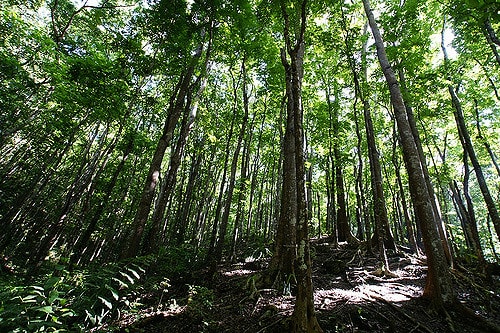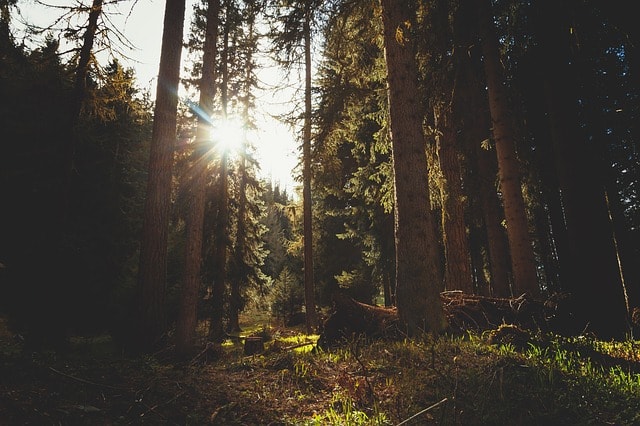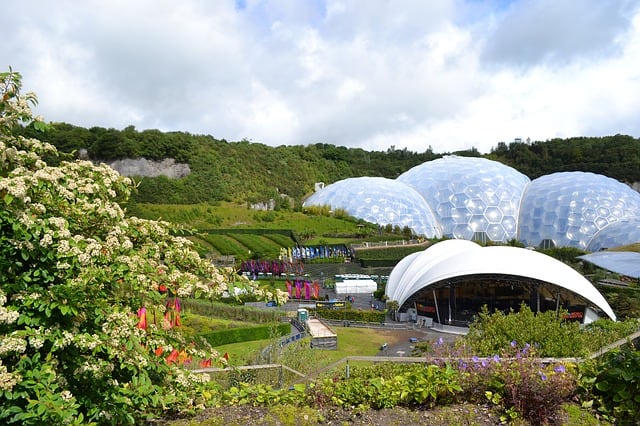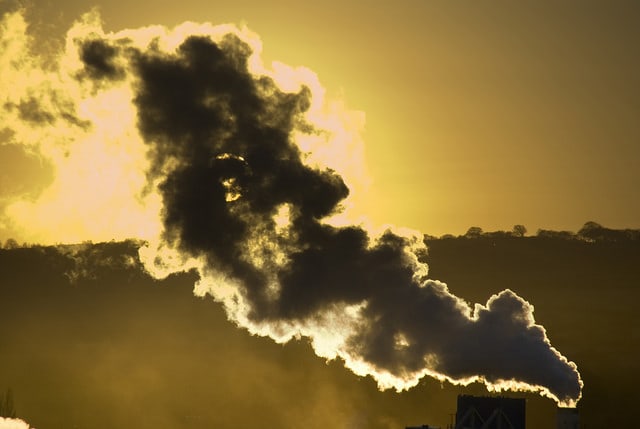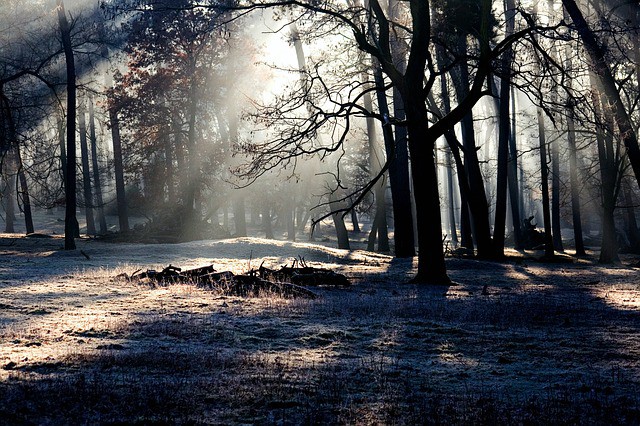Coral Reef Biome: Location, Precipitation, Climate, Plants and Animals
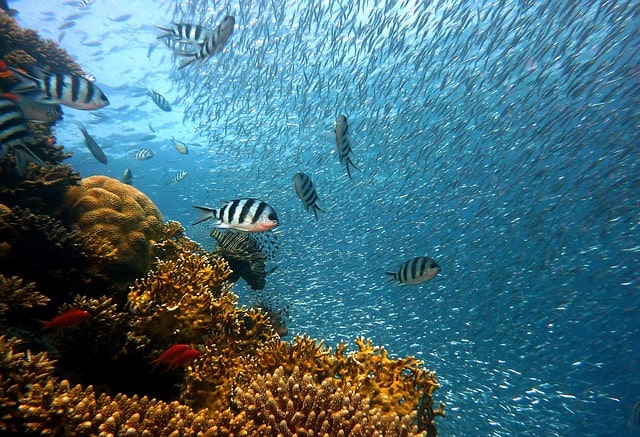
If you’ve ever scuba-dived or snorkeled near a coral reef, then you know that these series of small and gigantic structures are part of an interesting yet sensitive ecosystem. Coral reefs are important to marine animals as they provide them food, shelter and breeding grounds. Many think that coral reef is a composition of the ocean. Although it is found in the ocean, it’s a biome in itself.
The world’s largest coral reef is the Great Barrier Reef. The Great Barrier Reef is situated in the Coral Sea, off the coast of Queensland, Australia. The Great Barrier Reef consists of more than 2,900 individual reefs, including 900 islands spanning over 2,300 km or 1400 miles. It takes up an area of about 344,400 km sq or 133,000 sq mi. This data underscores the depths at which coral reefs can grow. Sadly, of all the marine biomes, coral reef biome is the most threatened by the relentless expanding effects of human activities.
Coral reef biome is a vast community of plants and animals that live inside and around the coral. While coral reef is an animal, it is symbiotic in nature, as microscopic plants thrive inside the coral and they exchange nutrients. Coral reefs are home to a diversity of plant and animals species. The reefs transform consistently, with new polyps mushrooming on the reefs’ surfaces. Storms and animals grind the oldest parts of the reef into sand. For proper build up of a coral reef, the surrounding water must be clear enough to allow sunlight to reach the corals. Sunlight is critical to the health of corals.
The living stony coral polyps and the abundant coralline red and green algae are responsible for the formation of coral reefs. It starts with a small limestone structure and builds up over the years. The buildup takes place in clear warm tropical and subtropical waters. Biologists estimate that more than 1000 species of marine animals live in the coral reef biome, as well as 1,500 wide ranging stone corals.
Location
Coral reef biomes are mostly located in shallow tropical regions of the Western Pacific, Indian and Atlantic Oceans. These locations happen to be ideal for growth, settlement, and survival of hard corals. Coral reefs are not able to endure temperatures that plummet below 18 degrees Celsius. This means their habitats are limited to waters ranging from 23°N to 23°S latitude. However, as much as latitude is vital to the growth of coral reefs, currents are also important. For example, in Florida, the most recent real reefs end near Miami, although specific coral types can be seen up through Carolinas.
Precipitation
The coral reef biome experiences an average yearly precipitation of 78.75 inches. The yearly average rainfall varies depending upon the location of the coral reef. For example, the most rainfall on the Great Barrier Reef occurs in the rainy season, which starts in September and ends in March.
Climate
Coral reefs mainly form in the tropics since they favor temperatures between 70- 80 degrees Fahrenheit. They also tend to develop well in areas with a lot of sunlight penetration. Coral reefs need sunlight since individual polyps, which contribute to the growth of corals, contain symbiotic algae. The algae require light to aid photosynthesis.
The coral benefits by utilizing some photosynthates that leak off the algae, hence offering the algae a safer environment to thrive inside the polyps. The different and scintillating colors of shown by corals are as a result of diverse species of algae with slightly different pigments. Today, there is rampant destructive bleaching throughout the world as many are being exterminated by the warm water resulting from global warming and changing levels of PH due to carbon emissions.
Plants
The Corals of the world are made up of either soft coral or hard coral. Although coral reef biome is the world’s most diverse set of ecosystems. It contains only three plant types. The plants are the main food source for the corals, which fuel their growth. Some plants in this biome are microscopic. Others grow to the size of trees. Here is an outline of the major plant species found in the coral reef biome:
Algae
Algae are microscopic in size. They lack true leaves, stems, and roots. Algae are major sources of food for tiny fish species. Algae also play the role of glue that helps the coral’s reefs to grow to gigantic skeletons. The largest coral reef in the world, the Great Barrier Reef, has about 500 species of algae, as well as blue-green algae (cyanobacteria) that is responsible for the formation of red, purple, green or brown tufts on the coral reef. Red algae contribute to the formation of hard crusts that help expand the size of the coral reef. Other red algae kinds appear much bigger as seaweeds. Other forms of green algae that exist in the coral reef include sea grapes and sea lettuce.
Seagrass
Seagrass thrives in shallow waters of protected neighboring lagoons, sometimes known as back reefs. Back reefs are strategically situated between the shore and the coral reef and are mainly located nears estuaries or in sheltered waters. The seagrass is critical to supporting life of organisms that live inside the coral reefs. The fast-growing grass assists to capture sediment loads neighboring the reefs. The seagrass is also home to sea turtles, small fish, invertebrate mammals, and manatees.
Mangroves
Mangroves are other predominant plants that thrive in the coral reef biome. They are vital in supporting the fish species and other marine organisms living inside and around the coral reef. There are over 50 species of mangroves on the globe. Mangrove forests, a name familiar to most people, are made up of large shrubs that thrive along the shores of back reefs. The roots of the mangrove trees are utilized by coral reef fishes as nurseries.
Animals
Although coral reef makes up just 1 percent of the ocean floor, they are home to approximately 25% of life in the ocean. Animals take advantage of a coral reef to stop by as they voyage across the deep sea or make a home there. The corals themselves are the most bountiful animal species in the reef. Corals are minute organisms (polyps) that attach themselves to the surface of the reefs and stay there forever.
A reef is like a tall building in any city, and the polyps reside there together. Corals have a lot in common with sea jellies and sea anemones, since they use their tentacles to catch prey and for defense. Corals may come in a wide range of colors, including white, red, pink, blue, green, orange and purple. The color variation is as a result of the zooxanthellae and natural pigments in their tissues.
Other animal species that thrive in coral reef biome include angel shark, blowfish, blue ring octopus, brittle star, bivalves, clown fish, clam, crab, conch, hermit crab, jellyfish, krill, John dory, Horseshoe crab, lobster, mollusks, oyster, nurse shark, lemon shark, man-of-war, purple sea urchin, plankton, pink conch, puffer fish, scallops, rays, queen conch, sea cow, sea horse, sea cucumber, snail shrimp, sea star, sea turtle, stingray, squid, starfish, zebra bullhead shark and zooplankton.
Many of these animals form symbiotic relationships to exist in this biome, for example, sea anemone and anemone fish. The sea anemone has long tentacles that offer protection to fish and their eggs. The fish shields the anemone from predators like butterfly fish.

